The Article
EVO UPGRADES: 8 TO CHOOSE FROM
30th November 2021
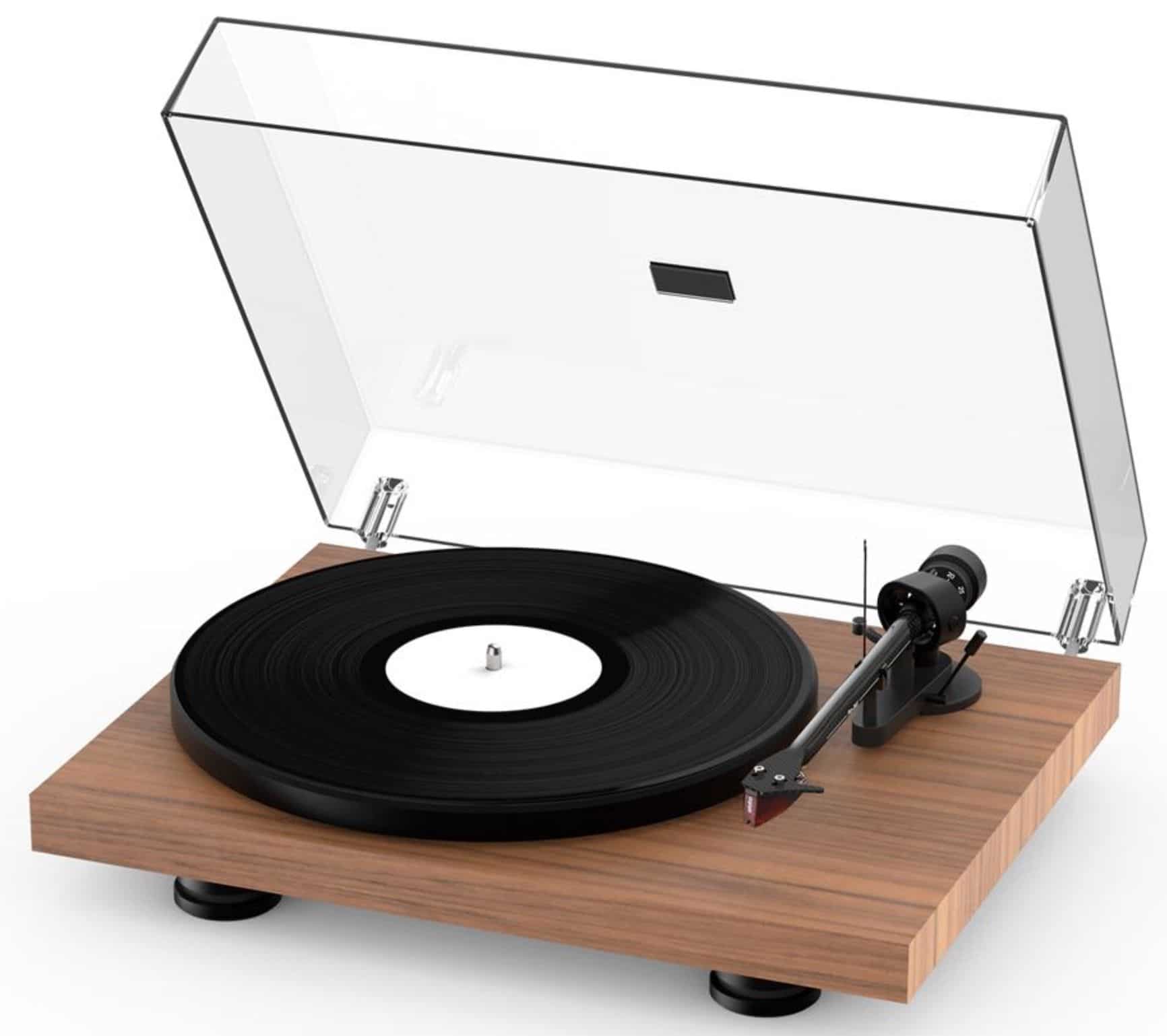
Have a Pro-Ject Debut Carbon EVO turntable and want to enhance its sonic abilities? Paul Rigby reviews a range of accessories for the turntable that may do just that
I recently reviewed the Pro-Ject belt-driven turntable, the EVO which can be yours for around £450. I was impressed with the performance of the design and gave it an award-winning rating. You can read the review HERE. Right now, its the best turntable you can buy up to £500.
What if you do actually buy it? And what if you have the EVO for a while and eventually want to go further in sonic terms? Of course, like many hi-fi enthusiasts out there, you can save up for a turntable upgrade. Spending around £1,000, for example, on the next level of turntable technologies.
But what if you don’t have that sort of money? What if you just don’t have £1,000 to throw around on a new turntable? What should you do then? On the other hand, what if you happen to love the sound of your EVO? You don’t want to ditch the turntable. You just want to improve it. What then?
One useful method of solving both of these problems would be to upgrade the basic EVO turntable itself. That is, buying a new and improved turntable part or accessory for an additional sum of money and applying that part or accessory to the EVO with the hope of enhancing the turntable’s performance. That would be the ideal situation because you wouldn’t have to save too much cash to buy in an enhanced part. Hopefully a lot less than £1,000 at any rate. Improving the sound quality of your turntable for not a great deal of money would be a great idea.
Well, I’m here to tell you that you can do that very thing.
But the question is this, should you? The parts might exist, sure but really, should you use them? Should you upgrade your Pro-Ject EVO? Is it worth the bother? The effort? If so, which parts and accessories should you bring in? Of the eight parts and accessories I have here, should you buy them all and fit them all or would it be ok just to buy half of them or even just the one? And what does each part and accessory actually do to the turntable and the sound? Will it change how it looks? How it feels? Will it affect how you use the EVO itself?
I hope to try to answer these questions in this review. I have eight products here that can be applied in and around the Pro-Ject EVO to hopefully improve its sonic abilities. Eight products that, in price terms, range from less than £20 to around £140. Most of them are sourced from Pro-Ject but there’s one upgrade from another company too. And I must applaud Pro-Ject for producing these upgrade parts. There are not too many manufacturers out there that allow uses to upgrade their principle hi-fi components. Most hi-fi companies would rather that you buy the newest and latest flavours of hifi product currently hitting the market. Not keeping hold of your old product and tweaking the same. Where’s the profit in that?
So I raise my hat to Pro-Ject for allowing that to happen. For giving those with reduced budgets or those that love their hifi components and just want to tweak the same, the opportunity to improve the sound quality of their hifi.
HOW I TESTED
To give you a better idea of what each and every it accessory actually does to the sound, I drafted each item in and fitted that to the turntable on its own, sound tested it on its own and then removed it to bring the turntable back to its default, original status. Then I brought a second product in, tested that, then removed it to the turntable’s original status and so on. In this way, I hoped to hear and thus convey how the sound was being transformed, tweaked and thoroughly messed about by each individual mod. Also, I could experience how the part or accessory integrated into the turntable and if that new entry impacted on the ease of use of the EVO or it operation in some way. In this way, you can decide which – if any – mods are for you and, if you like more than one, how to prioritise our purchases.
To stop this test becoming messy, I’ve going to rate each component in the Test Results section, below. That is, you’ll find a rating under each product’s own test results. In those test results I’ll talk about the fitting of the item and how easy/hard that is, how it might change the operation of the turntable, if at all and what sort of sonic impact it might have. I will then rate the upgrades as a whole at the very end. That is, in broad terms is it worth the effort and the cash to modify the EVO?
TEST RESULTS
As my source? I turned to Camel’s Decca release, Nude and two tracks. The first was The Homecoming, a short piece featuring a faux-live recording of a brass band with big bass drum, whistles, tuba, brass but also a synth I think. This brass band walks slowly from the left channel to the right. Following that is a track called Lies featuring a slow-paced rock outing with bass and lead guitar, drums, a very smoky Hammond organ and a synth. So there’s a host of frequency options there.
I began with the simplest upgrade in this batch and the easiest to implement, a subject that’s been at the front of my mind of late with the recent reviews of products from Soundeck and Hexmat, the platter mat. In this case, we’re looking at a platter mat made from pure cork, the Cork-IT or ‘Cork it’ as it’s printed here on the cover. I could have sworn the ‘it’ part was in ‘Caps’ the last time I looked but no-matter.
CORK-IT
Price: £18.50
If you have read or seen my recent platter mat reviews then you will already be aware of the Cork-IT platter mat which I recommend as a budget accessory buy. Its easy to install. Just remove the felt mat currently on the EVO’s platter and place this new mat one the centre spindle of the platter. Job done. In use, there’s no change from the original mat.
For the brass band sequence on the Camel record, the new mat lowered the noise floor and enhanced the instrumental separation. Imagine a real brass band, compact, walking in close formation. The Cork-IT sounded like the band had moved apart a little more adding space in between each instruement. So you could see more of it and recognise finer details from each too. With the lowering of high-frequency noise, there was also a calming influence on the soundstage as a whole. The soundstage sounded like the cleaners have been in to give it a tidy up and a polish. Great value for money, this one.
BUY HERE:
USA – https://amzn.to/3Hr1n42
EUROPE – https://amzn.to/3Hwtyi1
RATING: 8
ABSORB-IT
Price: £140
You receive four feet in the box although you’ll only need three of those for the three-footed EVO. Installation is simple. Just take one of the feet, lift a corner of the EVO’s plinth and place the EVO’s foot onto the top of the Absorb-IT isolation foot. In effect, the EVO feet will sit on top of and partially within the Absorb-IT feet. Apart from raising the entire table a little, there is no change in the EVO’s operation.
The Absorb-IT feet did the same job as the Cork-IT. They just did it in a different manner. The Cork-IT mat lowered high-frequency noise but it did so in and around the band, the instruments and the vocals producing a lowered noise floor so that you could hear more detail within the band itself.
The Aborb-IT took a more global view of high-frequency noise because they moved outside of the boundaries of the band itself and expanded the soundstage in general. So the soundstage sounded larger. There was more space around the band and a larger area for the instrumentalists to play within. To be honest, I would liked to have heard more from the Absorb-IT feet. They did a decent job but I wanted more from them in terms of performance. Essentially these feet offer you a slab of sorbothane or similar vibration-sucking material and then they over-engineer those pucks by surrounding them with a tank-like chassis. The result is an over-priced, under-performing suite of feet. The Absorb-IT feet did not impress.
RATING: 6
BUY HERE:
USA – https://amzn.to/3Hr4cSG
CLAMP-IT
Price: £75
The centre of the Clamp-IT is placed over the turntable’s centre spindle. The same spindle that pokes out of the centre of the platter. Once placed over the spindle, you rotate the central knob of the clamp to affix it and secure to to the spindle. The only change in operation is that you will need to remove the clamp to change the record and then reapply the clamp after a new record has been placed on the EVO’s platter.
Applying the Clamp-IT offered an intriguing change in sound. It’s not the most obvious of changes but changes there were. The first impression was that the sound had been affected in a subtle manner for the better but nothing dramatic.
Living with the Clamp-IT for any length of time , you suddenly realise what it’s doing. The clamp imposed a sense of discipline on certain areas of the sound envelope but it tweaked here, touched there, added a little here and a dab there.
So the brass section on the first brass band section sounded more focused now. The brass was honed and therefore provided greater detail. Similarly, the drum strikes on the track, Lies now had a leaner, sharper punch. There was a real precision in their work now. There were minor swings and roundabout affects here. Trade offs. For that precision you lost a little – and it really was small – dynamic reach. A slight reduction in that extended space in the upper mids. But the trade off was worth it.
Even so, like the Absorb-IT feet, the Clamp-IT didn’t do enough for its too high a price. I felt that too much money had been spent on the aesthetics and too little on the actual performance areas of the design. As it is, the Clamp-IT is an under performing, over-priced accessory.
RATING: 6
BUY HERE:
USA – https://amzn.to/3pIwe5P
EUROPE – https://amzn.to/31lIAI0
HIGH POWER-IT
Price: £25
Now let’s turn to the rear of the turntable and the power supply which is connected to the chassis with a barrel plug.
The new power supply is connected in exactly the same way as the original power supply found in the original box. Once connected to the EVO and the mains, the new supply can basically be forgotten about. It has no impact on the EVO’s day-to-day use.
How did the High Power-IT change the sound? It added confidence. Plenty of confidence. Principally in an around the bass regions but it also affected the mids and treble. Everyone playing on the tests tracks sounded like they really knew what they were doing. They’d all had a good night’s sleep, a hearty breakfast, they had learned the songs, they wanted to just get on with it and they did so with a supreme sense conviction and certainty.
Like the Absorb-IT feet, I did find myself wanting more and felt a little frustrated because of that but, looking again at the price, this little unit did offer great value for money which certainly off-set my selfish needs.
And there was more to love here. Bass was broad-based in its presentation. It sounded full but also controlled and focused. It also had a new strength and gave you the impression that it had power in reserve, if required. So, that confidence was also transferred to you as a listener. Listening to the music, you felt you were in good hands.
At this point in the test? I would put the High Power-IT up there with the cork platter mat in terms of priority when tweaking the EVO.
RATING: 7
BUY HERE:
EUROPE – https://amzn.to/3sWGrxw
DEBUT ALUMINIUM SUB-PLATTER
Price: £115
Ok, now we’re starting to get serious now. This is big boy sound here. Something different to what we’ve experienced thus far. The sub-platter upgrade instantly separates the men from the boys. This upgrade is inherently fundamental to the basic structure of the turntable, it’s part of the core of the EVO itself and the upgraded sound shows that.
In terms of installation, you need to lift the old sub platter from of the EVO’s plinth – after removing the belt. Then you slowly lower the new sub platter. Allow the this new sub platter to descend into the plinth in its own time. It might and probably will not drop immediately but will sink slowly in there. That’s fine. Allow it time to do that. Once in, after a minute or two, then replace the belt and you can continue by placing the main platter over the top of the sub platter.
What the sound does here is grow up. It’s like talking to an adult of 35 years of age with all of the extra articulation, the increase in vocabulary, the maturity in view and approach to life…and then talking to a 12 year old. That’s the effective sonic difference between the new sub platter and the original model design. Adding the new sub platter added weight, maturity and balance.
The early brass band section showed new music sounds for the first time. There definitely was a new brass sound there now. The song Lies had a new solidity and great degree of tonal realism and a new degree of imagery. This upgrade but it’s worth it.
RATING: 9
BUY HERE:
EUROPE – https://amzn.to/3zeLv1s
ACRYL-IT
Price: £110
Simply remove the old platter. Lift it up and away from the centre spindle. Then lower the replacement Acryl-IT onto the spindle and allow it to rest on the sub platter below.
For this one, I swapped the older platter for the new acrylic upgrade but, because it’s acrylic, I also left off the felt mat, which was unnecessary here. The performance from the new platter was interesting because it lowered noise up to and beyond the cork mat and also the Absorb-IT feet. In fact, the Acryl-IT platter lowered the rise floor further than both accessories put together. But the platter did more than that, it also brought a new midrange insight to the mix.
That was highlighted during the early brass band segment which included a typical piccolo whistle, trilling away during the entire sequence. Earlier, this whistle was, if anything, slight irritating because it offered a shrill sound among the melodicism. By adding the Acryl-IT, the whistling sound was stretched so that it presented more complexity, there was more going on the middle bit of its notes. The Piccolo was no longer just a series rather piercing sounds. This and other effects on other instruments added a richer flavour to the soundstage.
So again, the Acryl-IT might be relatively expensive but the mature sounds from the new platter were worth it.
RATING: 9
BUY HERE:
USA – https://amzn.to/3HwxwHr
EUROPE – https://amzn.to/3sUnbRD
GROUND-IT
Price: £119
All of the items priced around the £100 mark proved significant in their sonic effects upon the EVO. All of them pushed the EVO’s sound quality up a couple of runs of the ladder and the Ground-IT was no exception to that rule.
Because the Ground-IT is but a platform, the EVO just sits on it as the turntable would sit on any shelf. Fitting underneath the EVO, the Ground-IT has no impact upon the EVO apart from raising the turntable during use. So watch your overheard clearance with this one.
The Ground-IT’s job here was to do nothing but isolate the turntable from vibration and high-frequency noise. This platform did that splendidly.
What the Ground-IT gave the sound was an infusion of air and space. It also added tonal balance in terms of balancing the bass and app frequencies.
The bottom line was a confidant neutrality in the sonic presentation.
It was notable how much the instruments appeared to spread out and find room for themselves to perform at their best. The music never felt cramped. You never got the feeling that the musicians were ever bumping elbows here.
More than that, the soundstage offered a structured, almost 3D effect now, giving the music structure and form.
RATING: 8
BUY HERE:
USA – https://amzn.to/3eGEqNP
EUROPE – https://amzn.to/3FKPQfp
ORTOFON 2M BLUE STYLUS
Price: £139
Replacing the cartridge on the 2M Red cartridge is a relatively simple affair. I would urge you to study the instructions available in the 2M Blue stylus’ box. I won’t go into details here, I’ll allow the instructions to guide you. Suffice to say, the old stylus is easily pulled off the cartridge and the new cartridge pushed back on. Installation should be a matter of seconds.
Adding the replacement stylus to the original 2M Red cartridge was as significant, in sonic terms, as adding the sub platter or main platter or indeed the isolation platform. That is, the upgrade warrants the price. Each one of these main components had a significant and uplifting effect to the EVO. The other parts, the lower cost parts added enhancements here and there in the sound envelope. The 2M Blue provided a major leap in sound quality to add that word again, maturity. Big boy hi-fi, you might say. A richer, more expensive sound that lifted the level of sound to a new level. Cymbals sounded like large slabs of metal. That whistle I mentioned earlier was far more complex in the mix as a musical instrument, percussion sounded more solid now, bass was meaty, the lead guitar a place of threat and delicacy all at the same time. Again the upgrade price was worth the investment.
RATING: 8
BUY HERE:
USA – https://amzn.to/3FMUsBK
EUROPE – https://amzn.to/3mJZ3gj
CONCLUSION
So what do these upgrades sound like when you pay them all together? Well, let’s define ‘together’ first. I didn’t combine all of the above because some were redundant or unnecessary. The feet and the clamp underperformed, I felt. The Ground-IT did everything the other underwhelming feet did and more while the Cork-IT mat was only relegated because I used the Acrylic platter instead. I also added the new sub platter and the new power supply plus the 2M Blue stylus.
Compared to the original EVO – which I loved and is the best turntable out there priced at £500 and under – the newly modified model added a new level of maturity, a new level of balance and neutrality. With a confidant and solid bass area that was both organic and responsive plus an insightful midrange that was infused with detail and a treble section that was both delicate but full of information. In fact, because of these wholesale changes, I would venture to call this configuration an EVO II. In fact, let’s call it that for now, for shorthand purposes at least.
So, does the EVO II compete with designs between £500 and £1,000? Absolutely. Yes it does. Listening to my Rega RP3, for example, the Rega has the edge in upper midrange terms with a greater dynamic reach and complexity (which I think is down to no other reason than the tonearm) although the EVO II is close indeed and has nothing at all to be ashamed of, it still performs wonderfully. More than that, the EVO II offers a fuller, more naturalistic and organic lower frequency area with a much more satisfying bass response. The Rega can be a bit on the lean side. Precise, sure but the EVO II had a tonally more interesting and arguably more realistic presentation. The EVO II also does very well against my Michell TecnoDec. The EVO II providing a more balanced midrange than the Michell, for example.
In short, the featured upgrades are not only useful but they are significant because it shows how much the original EVO has in terms of spare capacity out of the box. To be honest, I wouldn’t go any further than the upgrades I’ve featured here without looking seriously at the tonearm which, at this point, suddenly becomes the bottleneck but, to this point, the EVO II as I now like to call it, is a serious contender for those who want to upgrade slowly and carefully, when funds allow. That is, the effort, the investment and the energy spent doing these upgrades in the first place is wholly worth it.
I can see some users grabbing a Pro-Ject EVO as their last turntable and upgrading a piece at a time over months and years, when the budget is available to further enhance a sound they already love. The Pro-Ject EVO is already an excellent turntable, these upgrades not only extend its usable life but push its sonic envelope to maximise that initial investment. There are not too many turntables currently on the market that you genuinely can say provides supreme value for money. Because it is backed by a full suite of upgrade accessories (which is unusual but also a major point in its favour) the Pro-Ject EVO, arriving with its excellent out of the box sound and its upgrade potential, is certainly one of those.
PRO-JECT EVO UPGRADES
Website: www.henleyaudio.co.uk
GOOD: Ortofon 2M Blue, Acrylic platter, Sub platter, Isolation platform, power supply
BAD: clamp, isolation feet
OVERALL RATING: 8
[Don’t forget to check out my Patreon Page at www.patreon.com/audiophileman, for exclusive postings, giveaways and more!]
REFERENCE
Tellurium Q cabling
Blue Horizon Professional Rack System
Harmonic Resolution Systems Noise Reduction Components

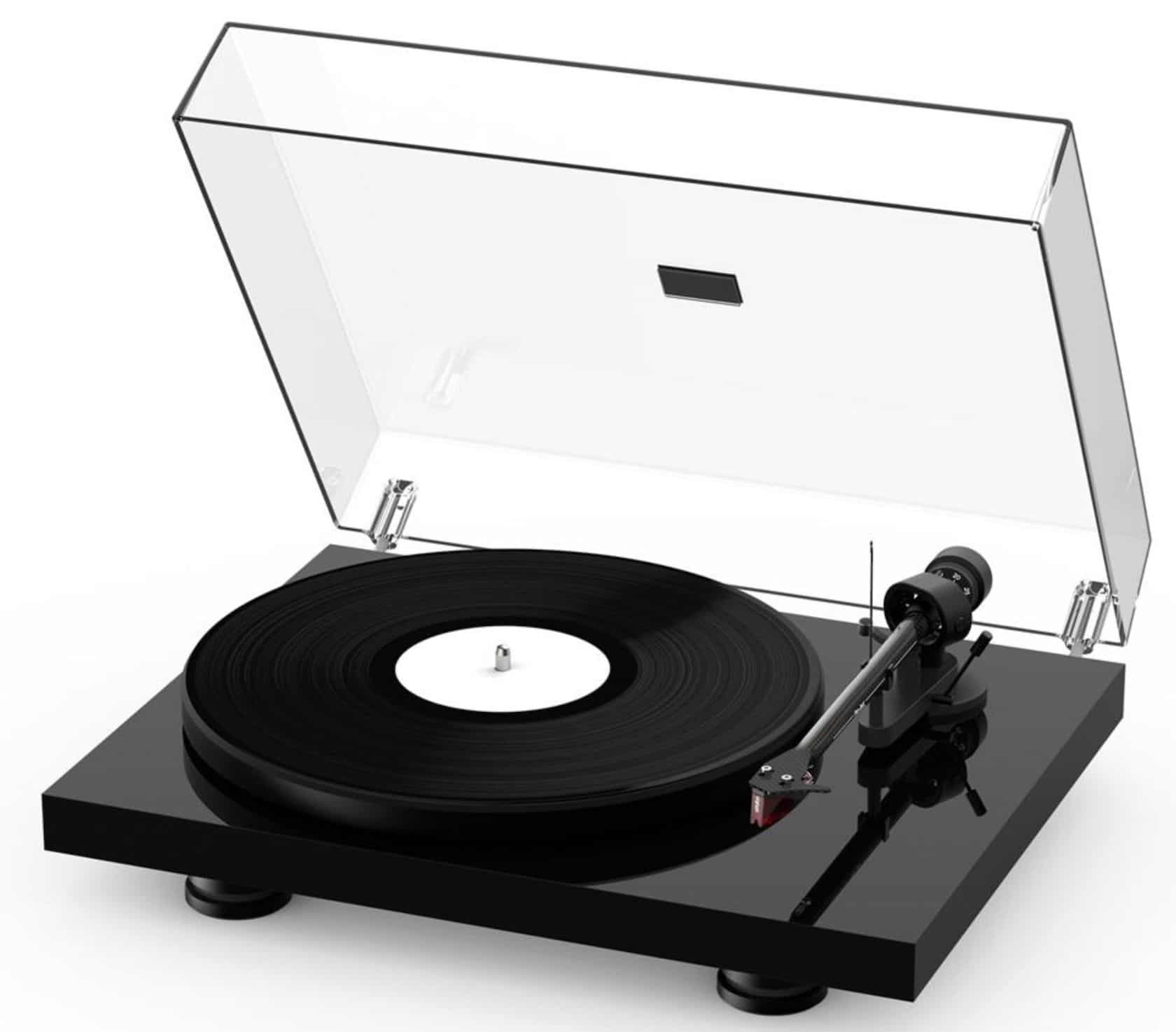
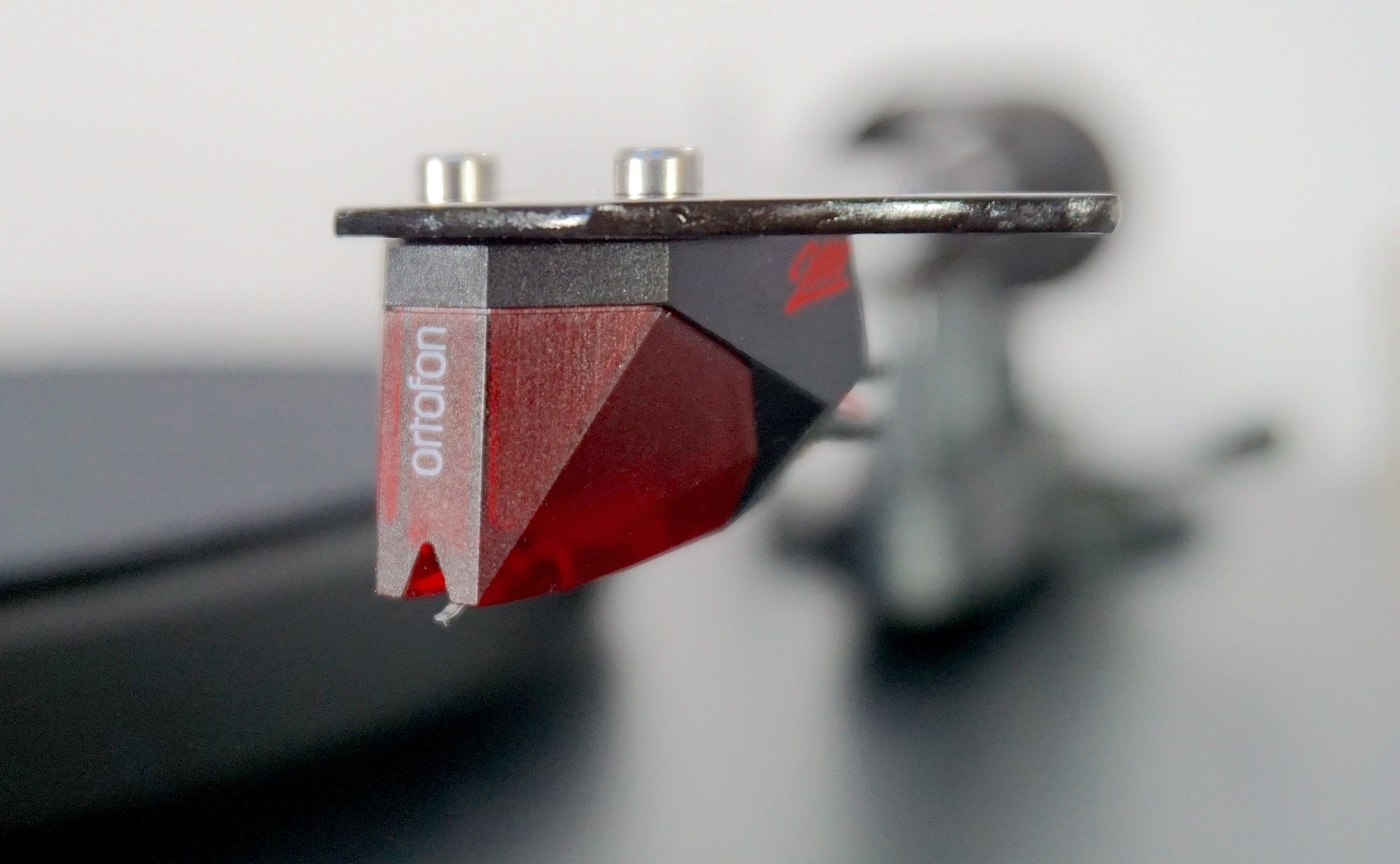
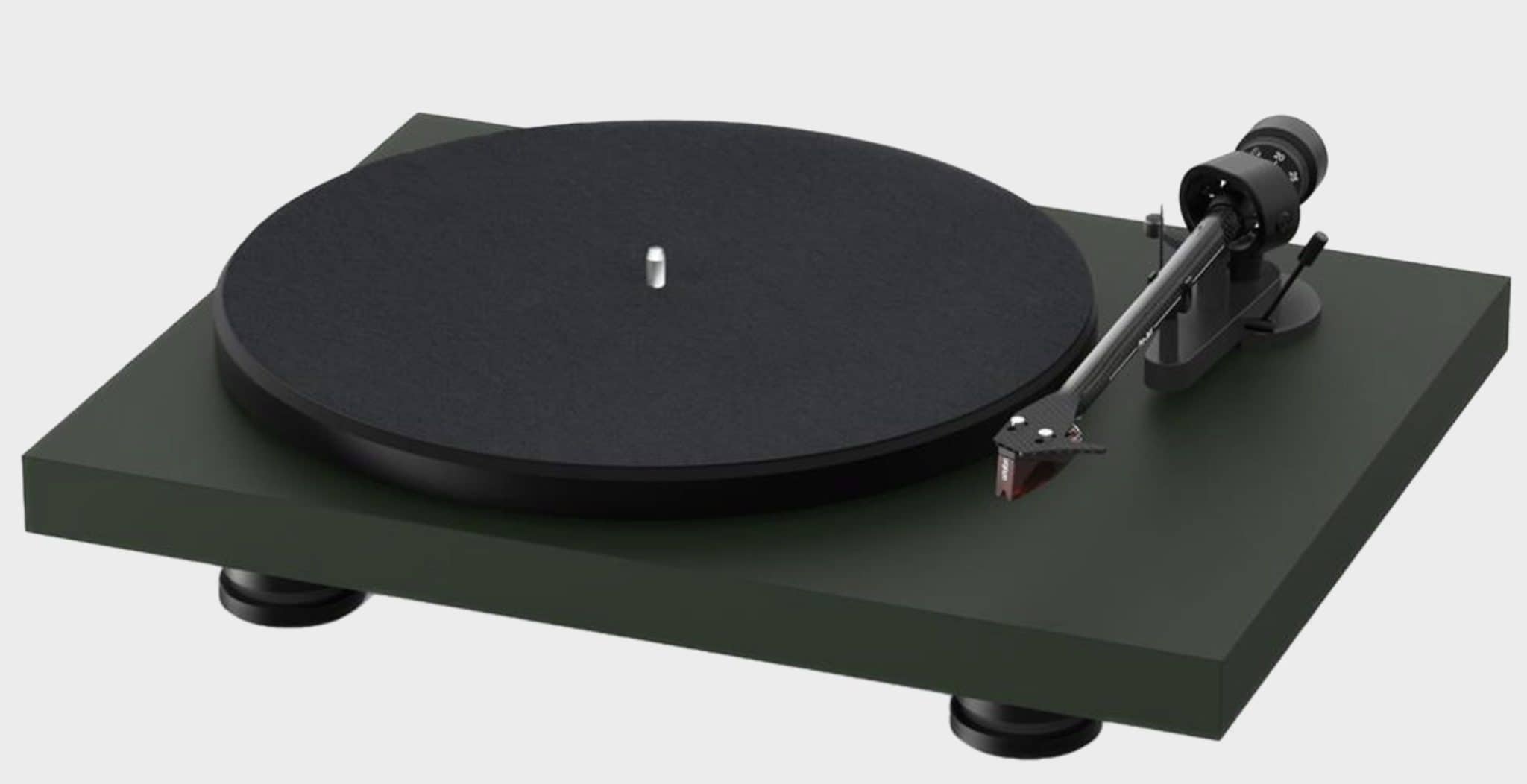
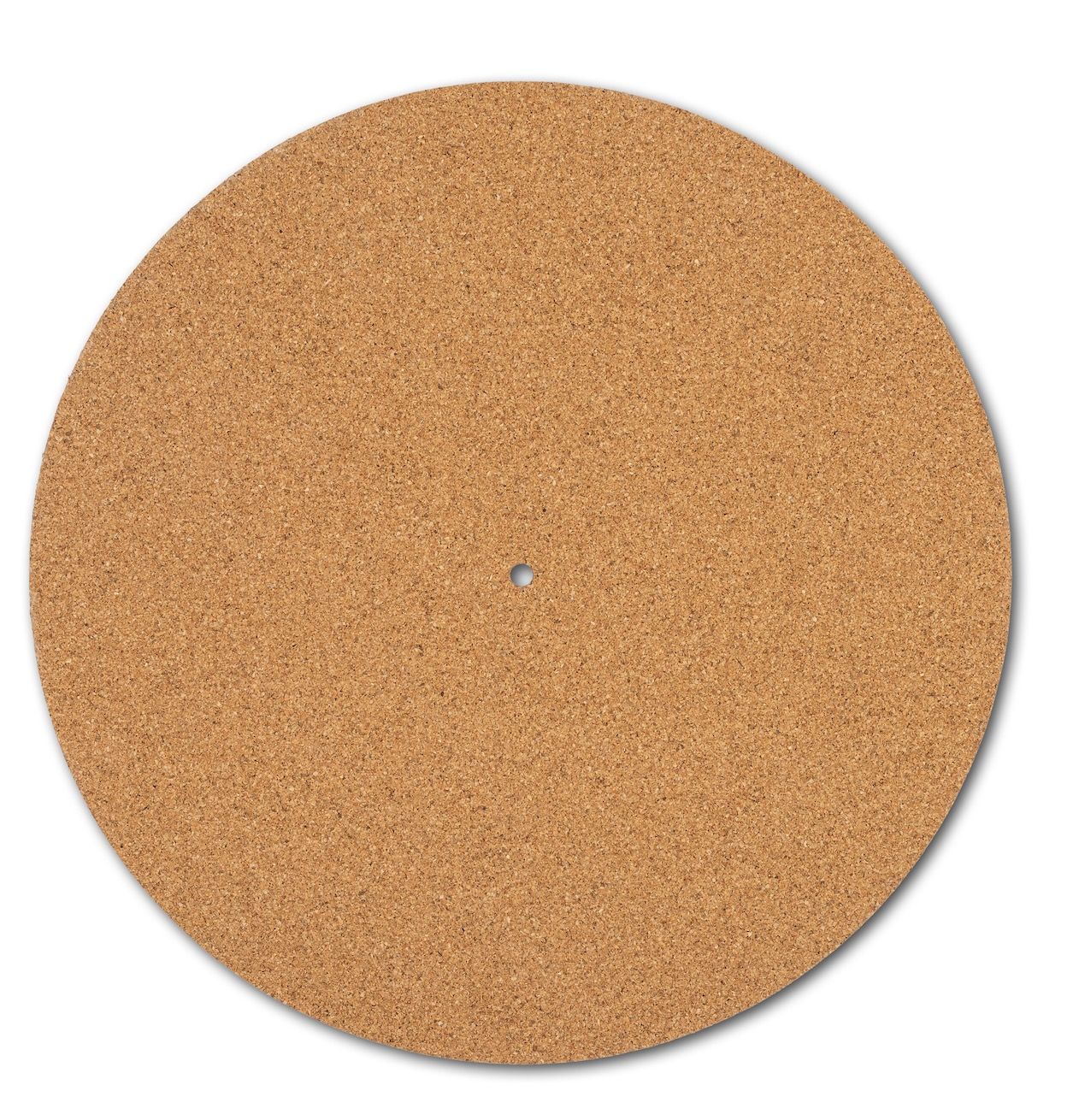

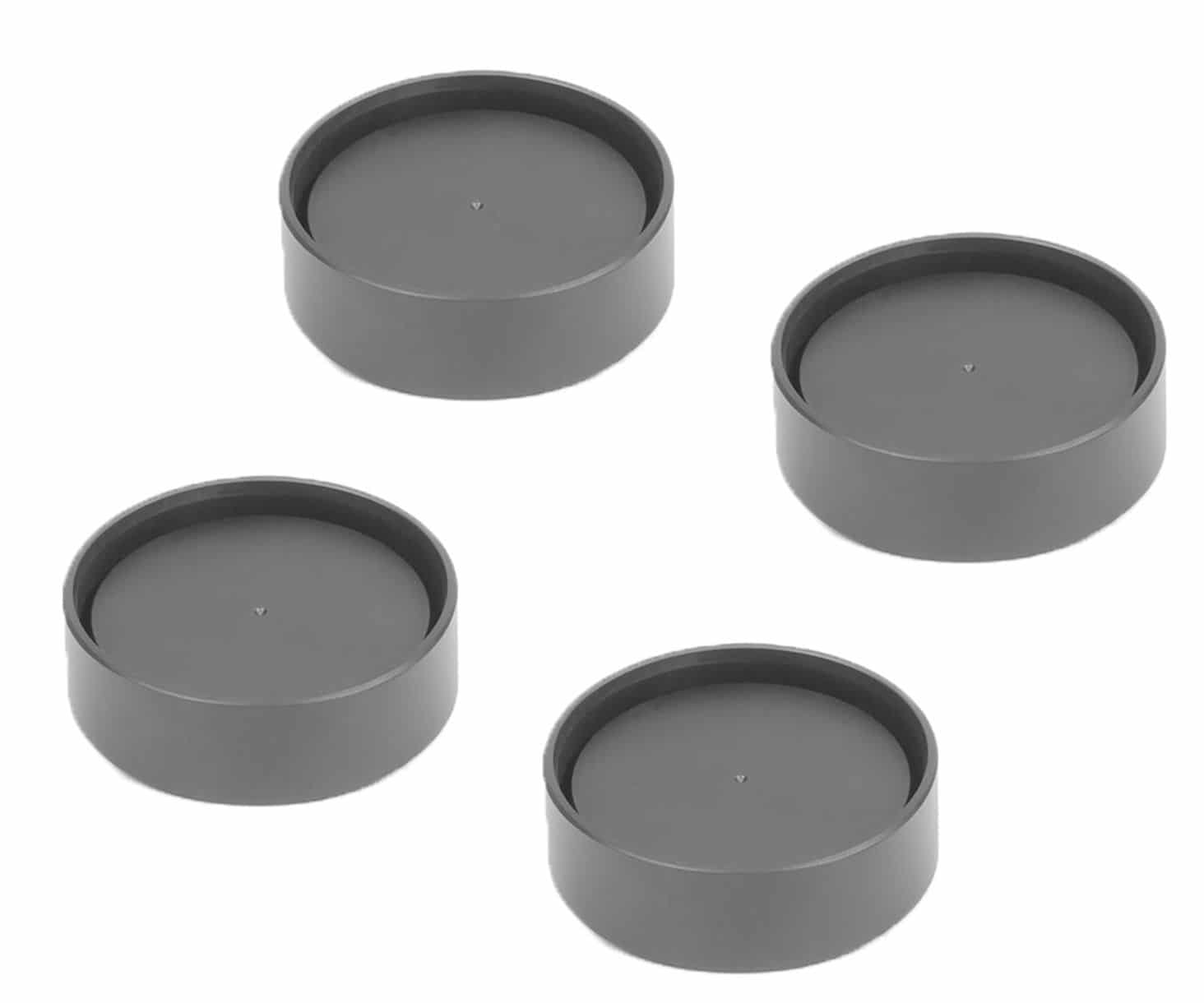
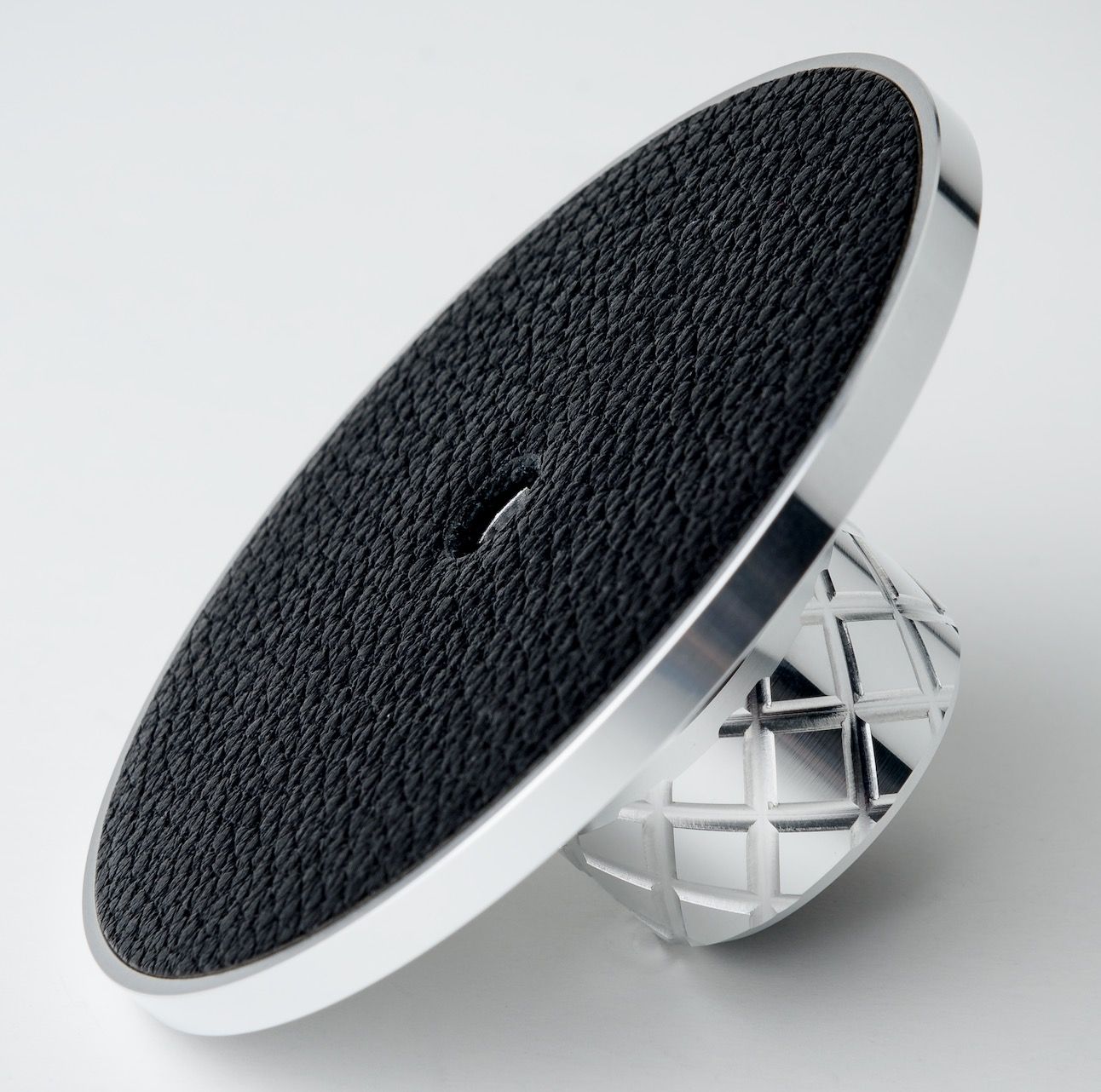
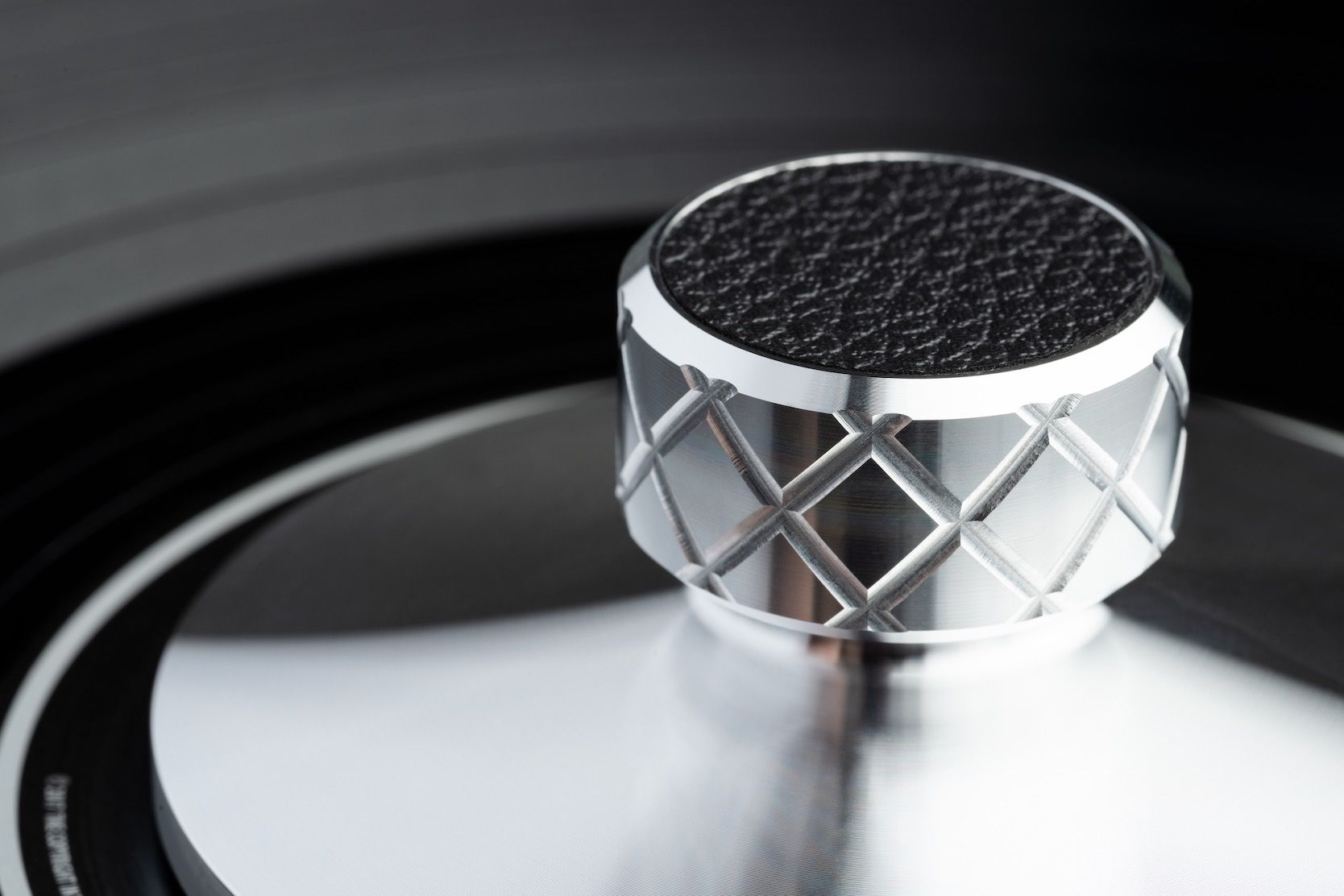
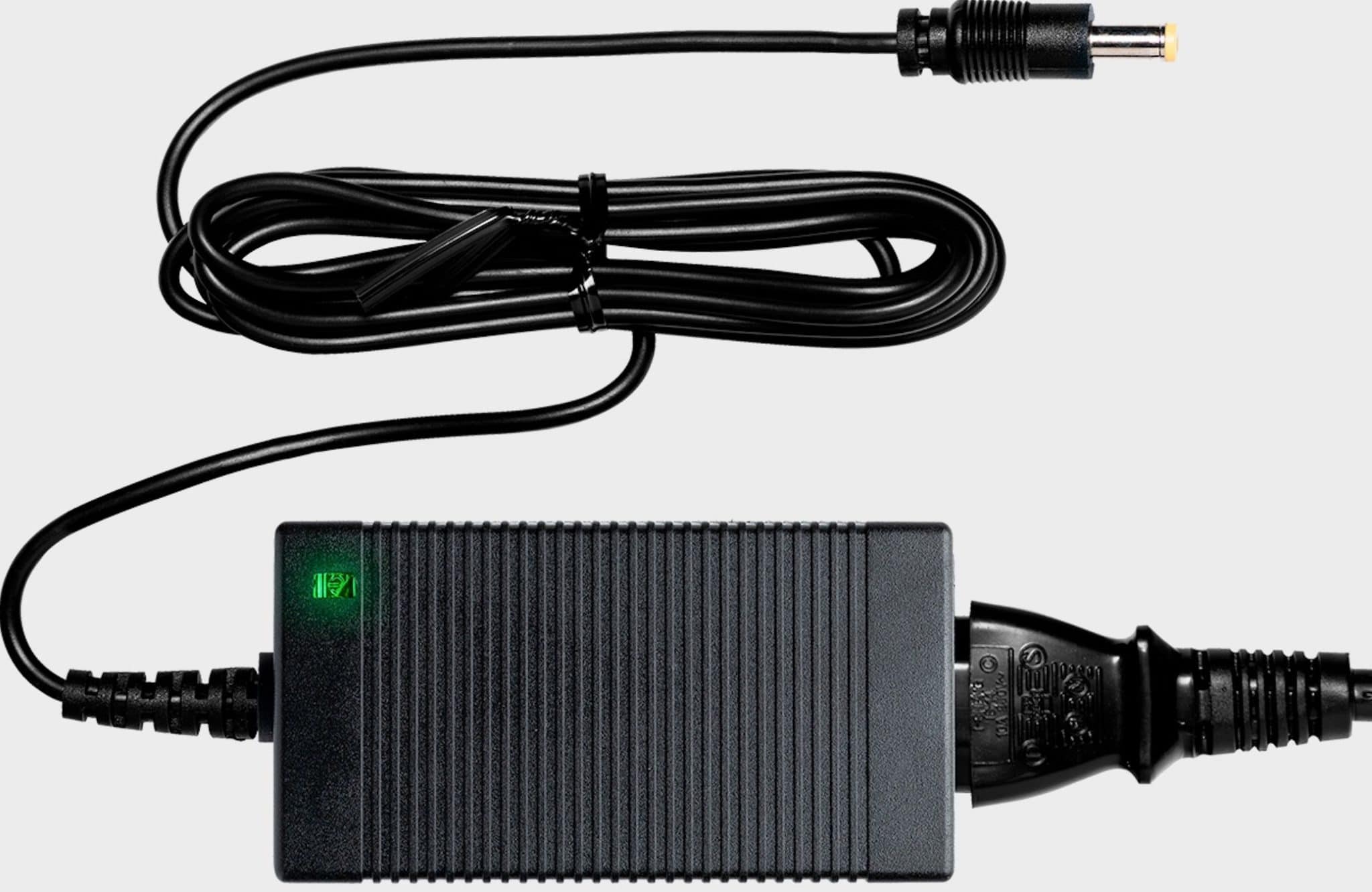
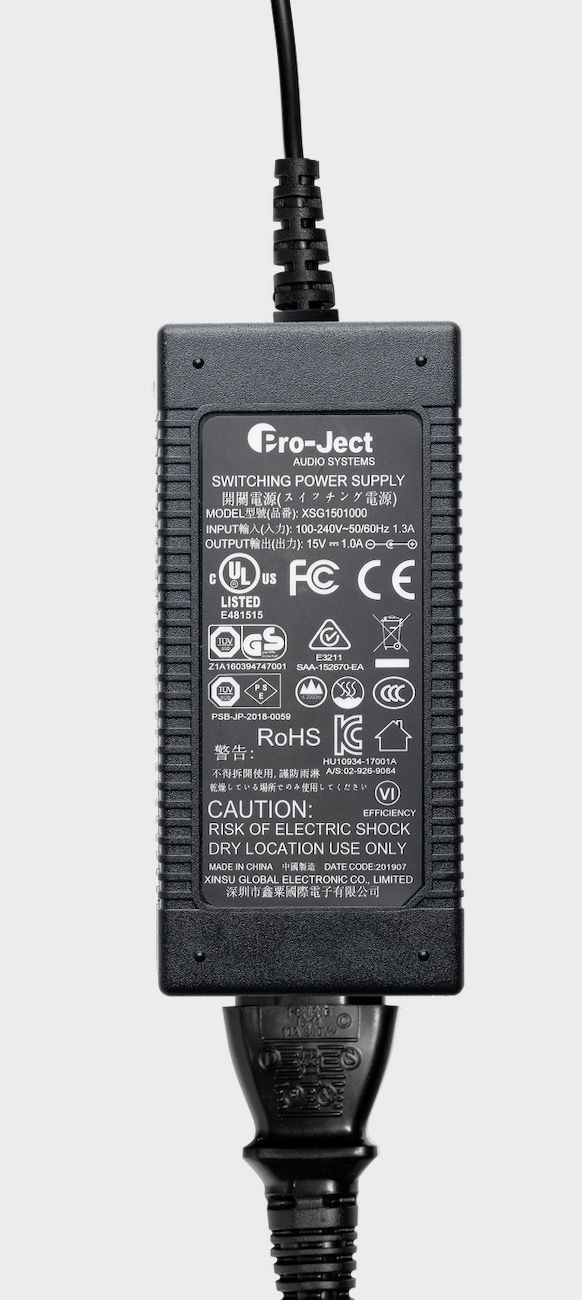
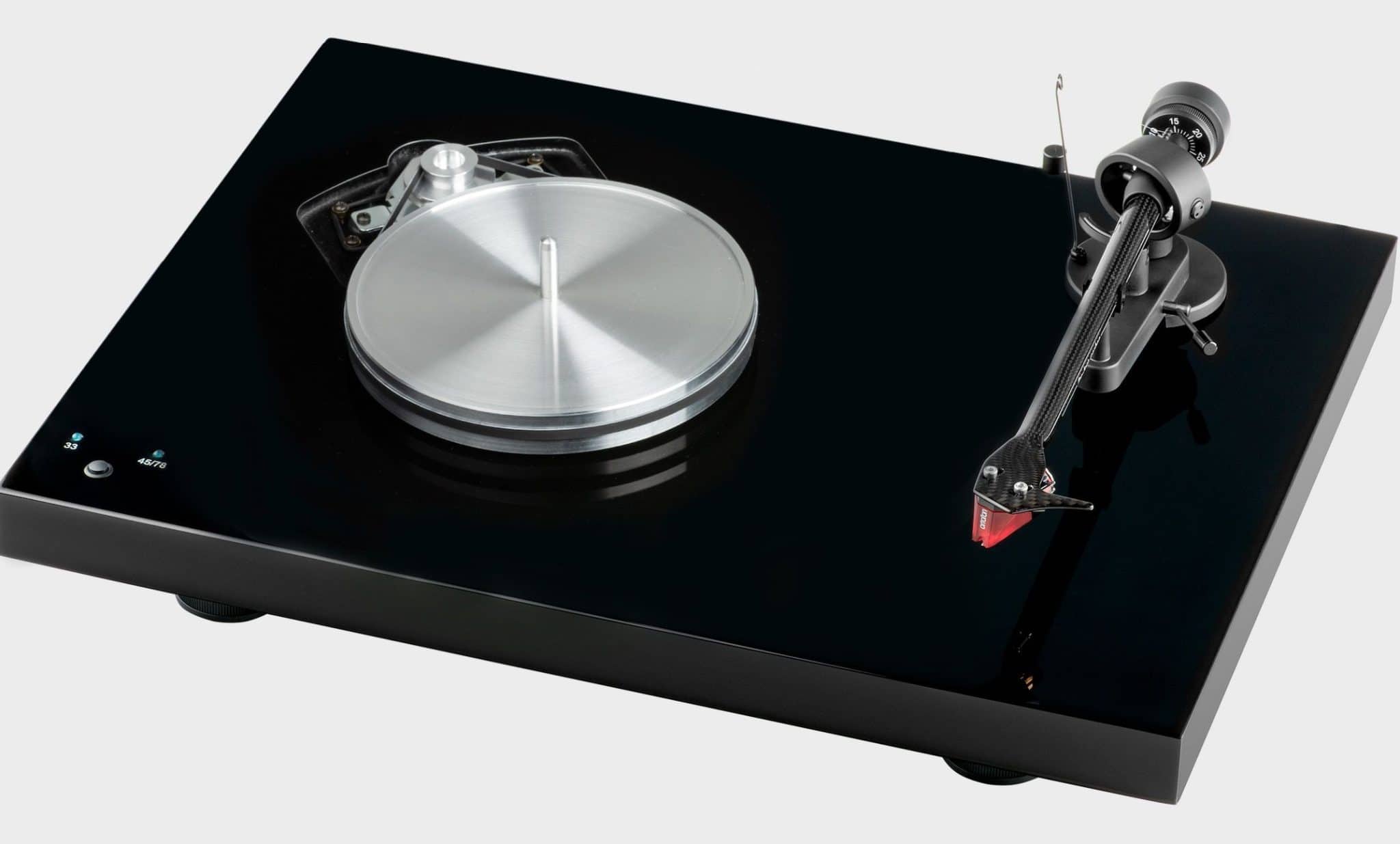
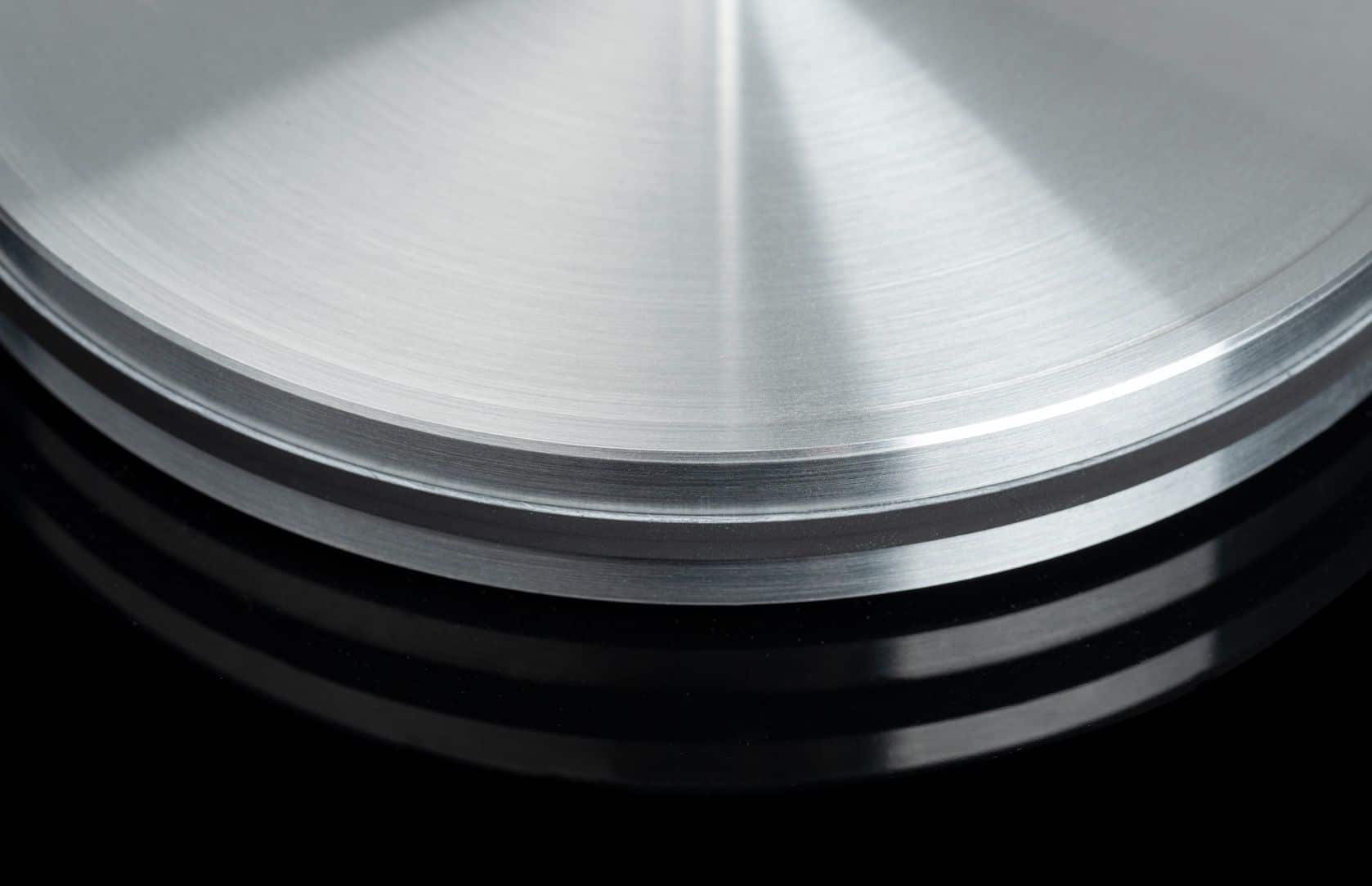
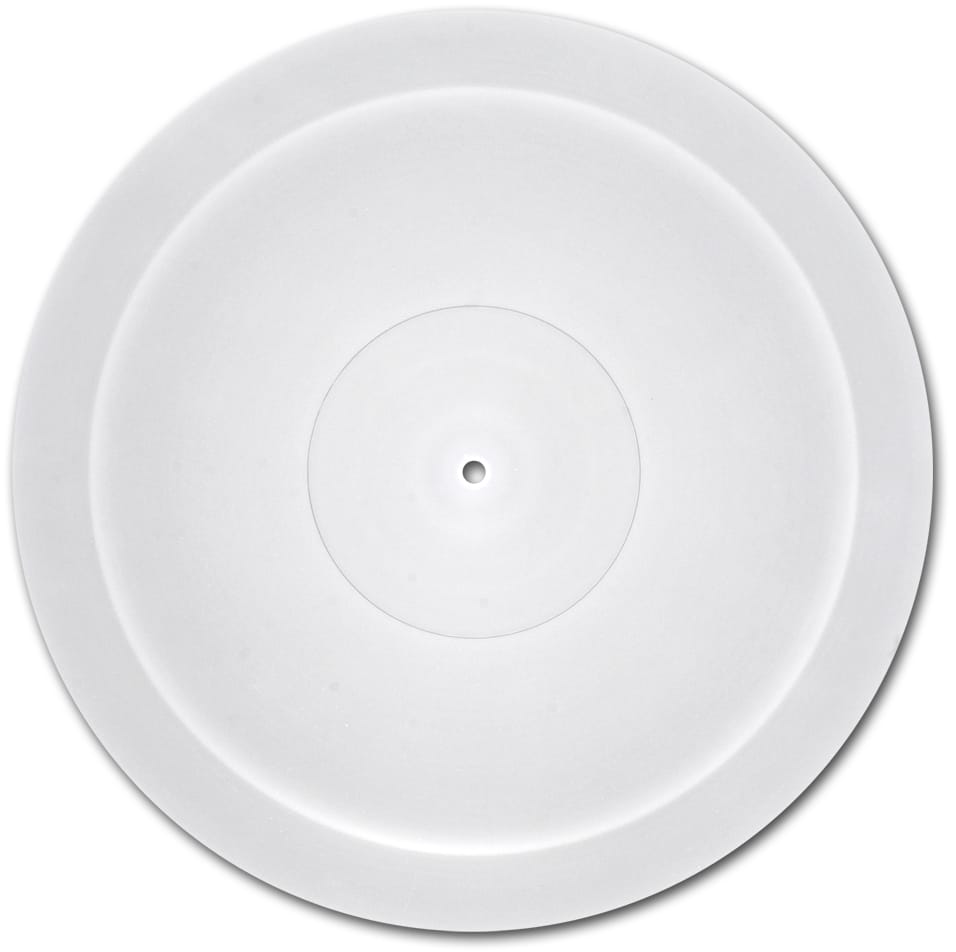
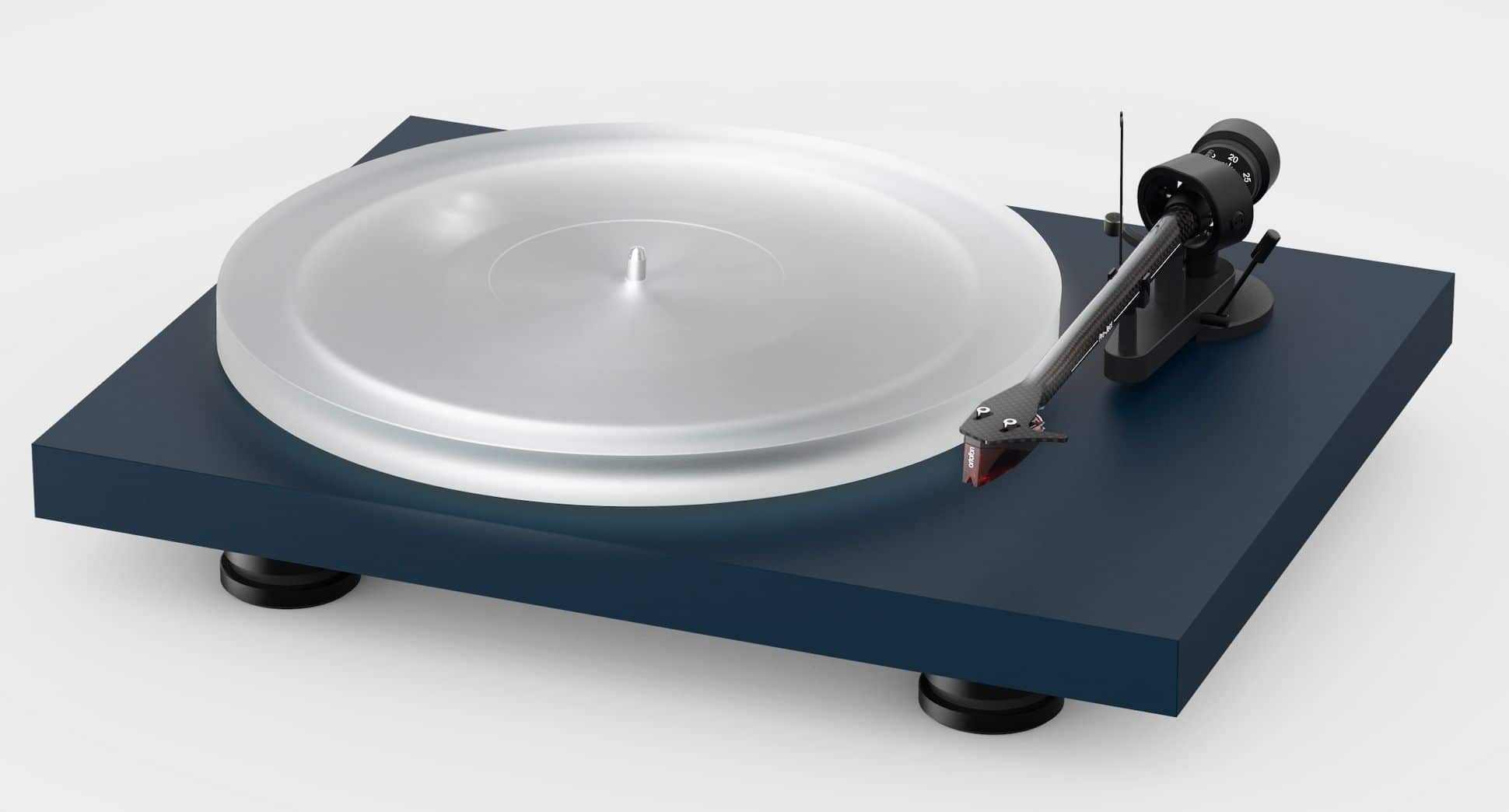
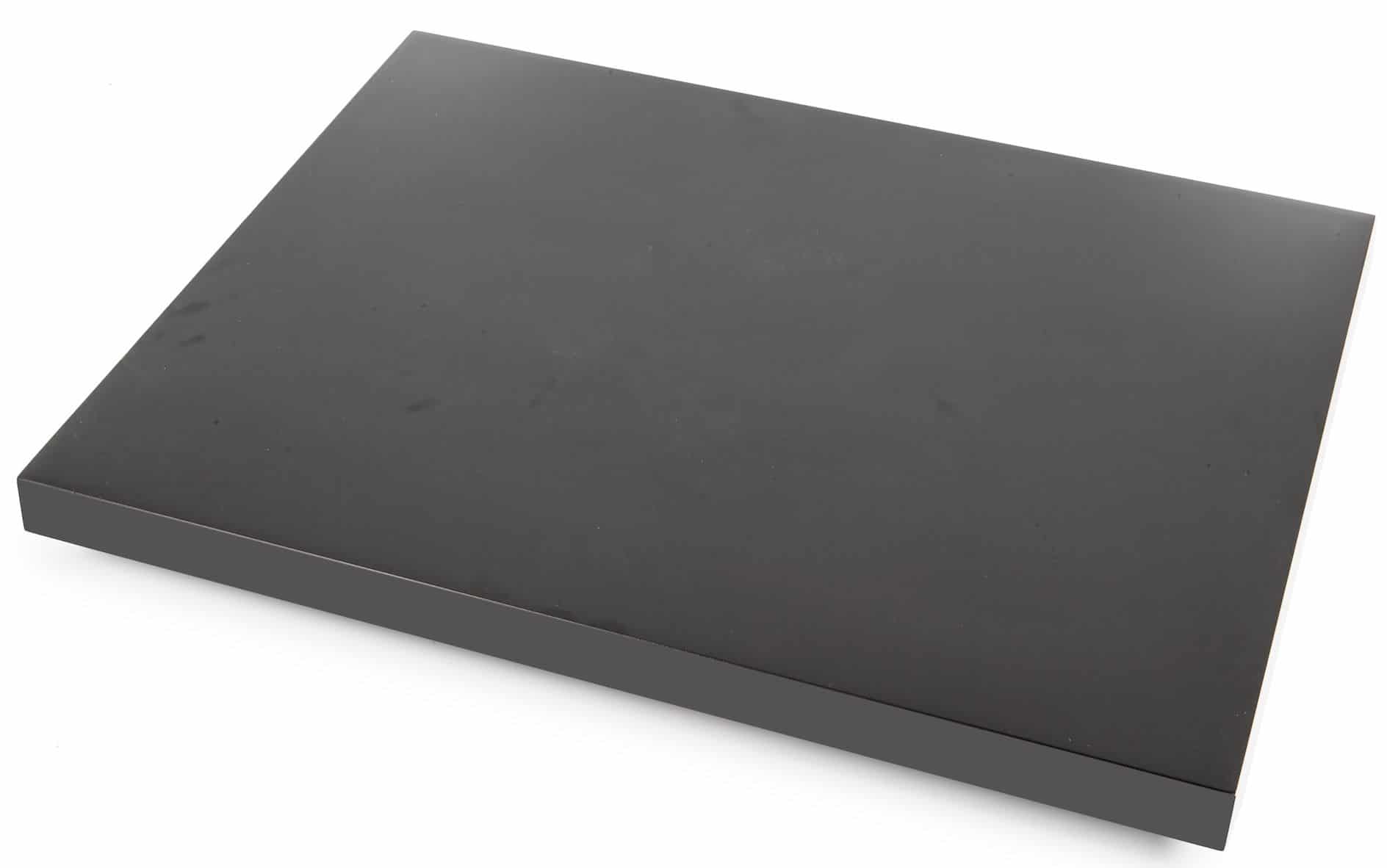
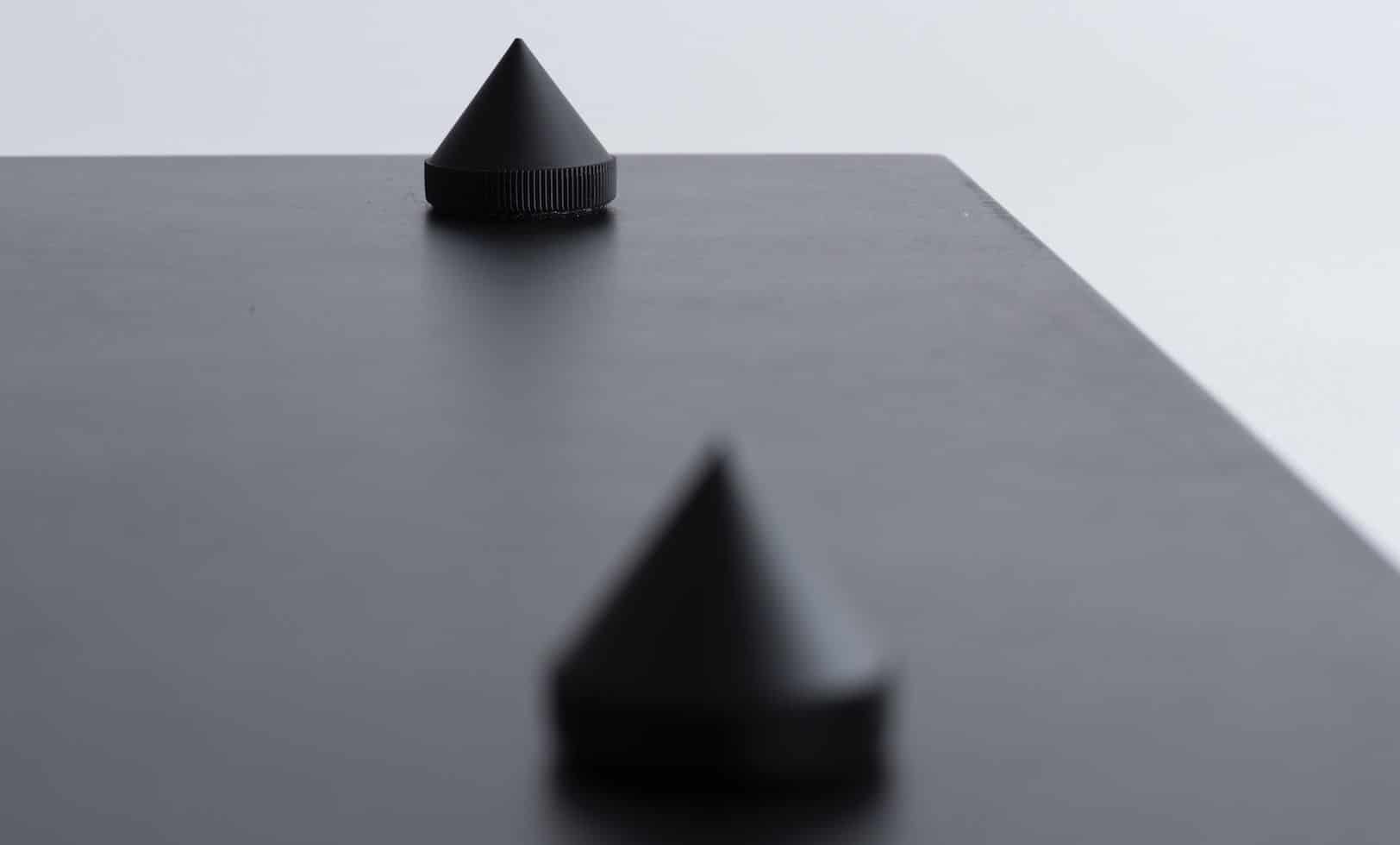
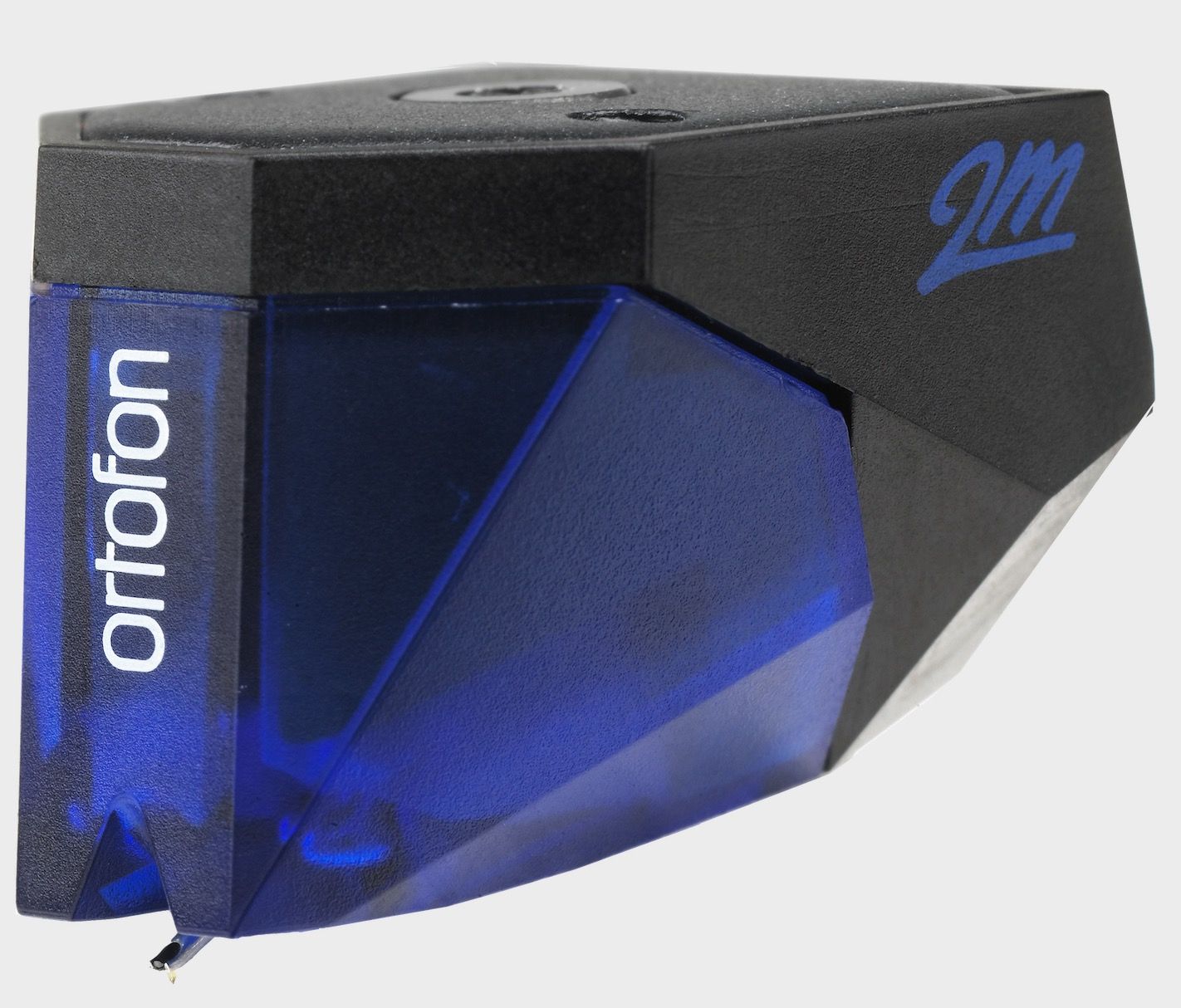
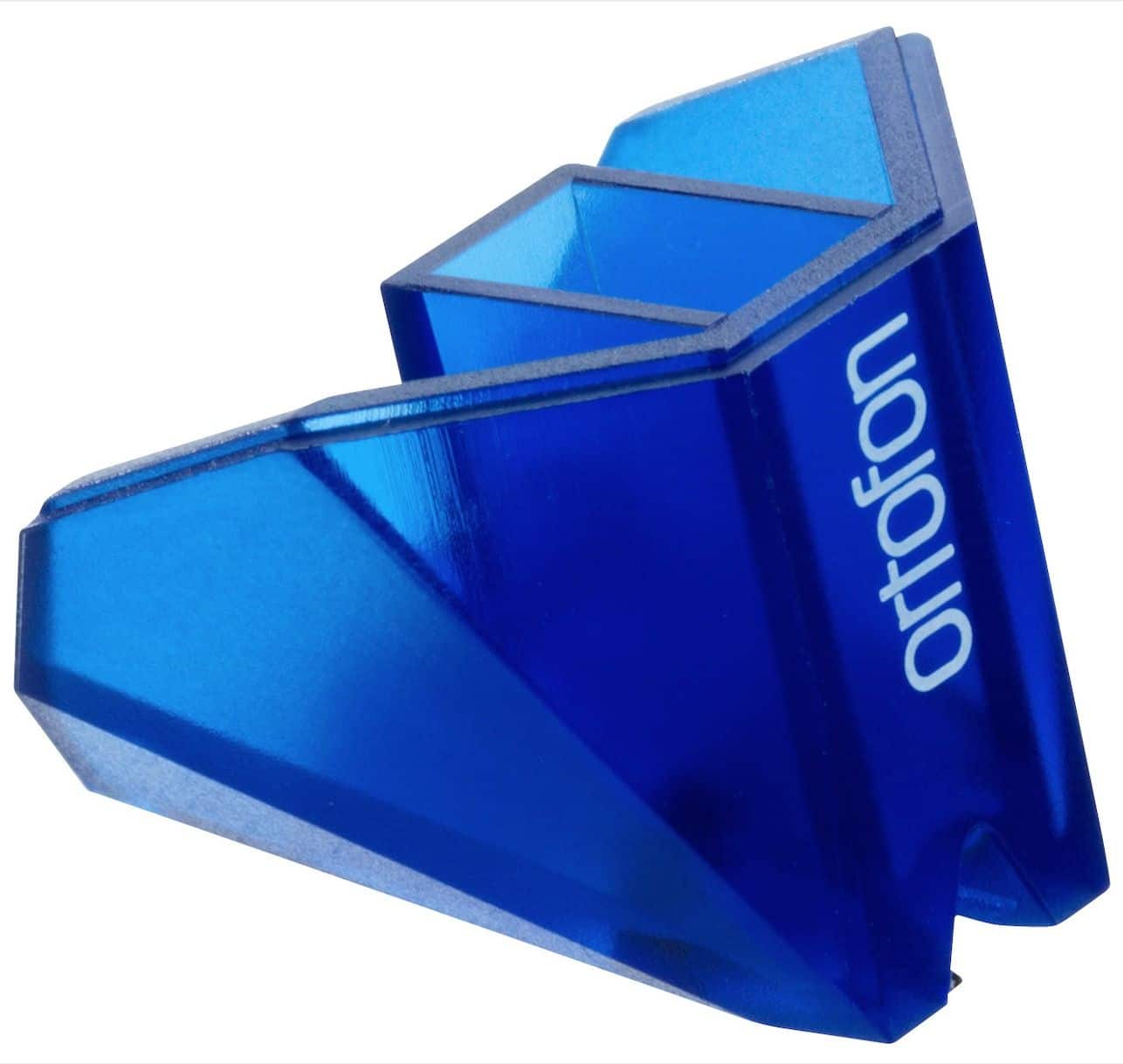
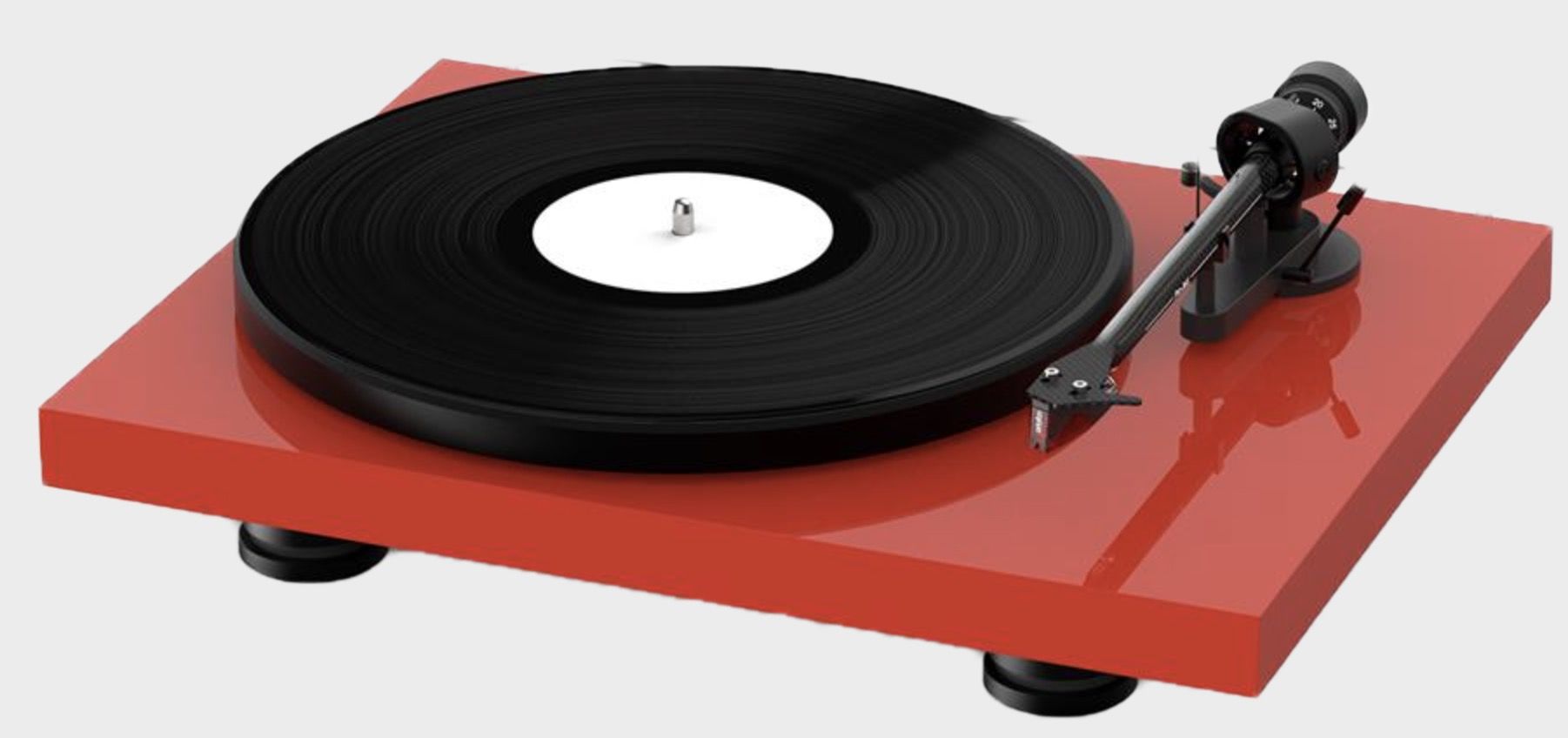


Thanks for the article, Paul! Great comparison of the different upgrade options for those of us who are considering where the best value is.
One area you can hopefully clarify… was this all based on upgrading the original Debut Carbon or the new Debut Carbon EVO? For instance, you talk about upgrading the stock 2M Red cartridge ‚Äî I think that was stock on the Debut Carbon, not the Debut Carbon EVO which comes with a Sumiko Rainier cartridge. Am I missing something here?
Thanks!
Hi Jon – the 2M Red is standard for the UK model. That’s the one I have here.
Ah, understood. Thanks for the clarification!
Do you have an order in which you would do the upgrades? We currently have an EVO en-route by recommendation. We loved the sound from an upgraded RP3, so based on your favourable comparison of the EVO II to the RP3, what would you upgrade to maintain the fair amount of savings (~$600 difference) while enhancing the audio of the EVO? For example, is the sub-platter AND acrylic platter worth doing or would just the sub platter be good enough to start as we upgrade other components?
Hi Aaron – both the sub and main platter are worthy upgrades. Do the sub first then the main. Maybe go for the cartridge first. Don’t forget the power supply (I would actually look for a supply superior than the one I reviewed but give me a shout when you’re ready for that and I’ll provide more info). One thing I didn’t mention, for the future, the VTA of the arm can be lifted by Pro-Ject shims (https://www.project-audio.com/en/product/vta-it/) so you can also look into adding something like a thicker Funk Firm Achromat later on, which works well with an acrylic platter (The guy who designed the Achromat actual *invented* the acrylic platter so he should know 🙂 )
Hi, Paul. This is fantastic! I’ve been looking at turntables and have pretty much settled on the Evo. I don’t have the budget or the ears to go higher up the food chain. But the idea of being able to do upgrades that really make a difference as budget allows from time to time is brilliant.
I have two questions, if it’s not too much trouble:
1. You didn’t look at the RCA cables. Is swapping them out something that might make sense or any appreciable difference? If so, which cables might you recommend?
2. I currently have a Denon AVR-4400X. It’s several years old, but still working just fine (knock on wood). It has a phono input, but I’m wondering if using a phono preamp and then going into the receiver’s line input would be worthwhile. Again, if so, what might you recommend in a price range that’s appropriate to the Evo turntable?
Thanks and all the best!
Thanks Micheal. Yes, you’re right, I didn’t look at cables. I suppose I had to stop somewhere 🙂 But yes, makes a big difference. Which ones depends on your budget. And yes, an external phono amp is the better approach. Again, depends on your own budget.
This is a very useful guide, thank you. I’ve just picked one up after my trusty Thorens 166 VI called it a day. I’ve already upgraded to some C line RCAs. I have noticed a lack of depth in sound compared to my previous turntable. A stylus upgrade is on the cards but I’m very interested in your recommendation to upgrade the power. What would you suggest?
Hi Richard, thanks very much. For the EVO? I talk about a power upgrade in this feature. Was it something else you were after?
Hi Paul. I saw you had made a recommendation in your review for a power upgrade for the Evo. But reading through the comments above you suggested going for a superior power supply to the one you suggested. I was just wondering if you had anything in mind?
Ahh, I see yes. Let me check which one would be best applicable. BRB.
Hi Richard, I received this from Pro-Ject, “There is another solution (https://www.henleyaudio.co.uk/products/Box-Design-Power-Box-RS-Uni-TT), however it costs as much as the turntable and so is not really advised.” Which is solid advice, of course. Now, granted, I haven’t reviewed this combo and can’t yet recommend it because of that so have no reason to doubt Pro-Ject and yes, that price is high in relative terms but..I still think it’s worth a look.
To give you one crazy example. I have an AVID Acutus turntable which is currently priced around ¬£15k. The next level up from there is an Acutus Reference priced at ¬£25k. The difference? A much larger power supply. That’s it.
The reason I talk about the power supply is that, in past designs from other brands, I’ve heard what an upgraded power supply can do and I’ve been impressed with the results.
Love the article. I too am interested in the power upgrade for the Evo, so I will be watching for future replies. Thanks!
Pretty mystifying article. How exactly is an upgraded power supply for the turntable motor helping with the sonic quality?
In short, a larger, better quality product tends to provide more power than is required to prevent any sort of straining which you can hear in the music itself. It’s also better capable to rejecting parasitic high-frequency noise and ‘dirty mains’-related noise which is normally not a problem in general use such as boiling kettles and charging phones but can affect a music signal by veiling subtle detail, for example. I could go on but I won’t. That’s a brief pr√©cis.
In regards to your first point this doesnt add up. The motor inside the table is a synchronous permanent magnet motor, so it’s speed varies by current frequency. And that is being controlled by the speed controls on the front of the turntable. The motor will either make the appropriate number of rations per minute or it wont regardless of the voltage supplied to it. Any variation in speed would be due to a faulty motor and should be replaced.
To the second point of “parasitic noise” I’m guessing you are referring to parasitic capacitance and induction, those have nothing to do with the turntable motor and would be something that is a byproduct of the pcb and circuit path construction of your amplifiers. “dirty mains” I take you to refer to electrical interference is very present across almost all wiring in houses houses. It’s a fundamental part of electricity, but it’s an issue that is resolved through power factor correction through a preamp or power amp’s transformers, and most adapter cables. Every device is going to have some sort of interference present in the power coming from your outlet to your devices, hence the adapter blocks that are found on all devices. Even checking the voltage being applied to the motor with the default power supply it’s within the 16V tolerance range. Switching to some adapter that would give you a guaranteed 16V /- 0.001% would still not affect the speed or performance of the motor spinning the record, I don’t understand how this has any bearing on the sound quality.
I was referring to the power supply and its role in handling or otherwise various noise from a host of sources, not the motor or how it performs in a mechanical capacity. And the power supply helps to *enhance* sound quality, it’s not a silver bullet solution. Which is why the other upgrades in this feature play their own part in the recipe. I recommend a demo to listen for yourself on how some/all of the EVO upgrades can enhance sound.
Not a problem if you disagree with me and my opinions. I’m not here to change your mind, just to offer my views based upon my own review(s) and what I actually heard during the review.
It won’t affect the sound directly, but it will provide better grounding and therefore lower the noise floor. A power supply is either adequate or inadequate. Those of us with Physics degrees roll our eyes when reviewers talk about better power supplies enhancing the sound, they don’t, they just lower the noise floor
Great article. Can you review what a upgraded debut Pro sounds like and what upgrades are worth it or not with the upgraded turntable?
That opportunity may have moved on, James but I’ll certainly make a note and talk to the company.
Hi,
Can you explain how the power supply can affect anything?
Surely, as long as the unit is powered it is either powered or not, the power supply doesn’t fluctuate as far as I know.
Thanks! 🙂
The issue isn’t so much related to whether the power supply is on or not, it’s what else, apart from mains power, that is dragged down the pipe. Mains power moves in a pulsing manner, backwards and forwards. So, if you plug in a dodgy switch mode power supply, that’s also full of high-frequency noise, to power up your phone, any high frequency noise that might be generated from the thing powers up your phone but then is sucked back into the mains supply. Your phone doesn’t care about the high-frequency noise because it’s only interested in charging its battery.
Same thing with the power supplies from your TV, your console, your fridge, next door’s gizmos, the street lighting. All of these items add noise to the mains.
Problem is, when you then deal with sensitive HiFi kit, your ear can ‘hear’ this rubbish.
When I say ‘hear’ I don’t necessarily mean buzzing or popping of crackling. This high-frequency ‘noise’ tends to get in the way of good sonics. It veils the subtle stuff, reducing clarity, delicate detail, dynamics, etc. Kind of detail you tend to only know was there when its eventually removed by a better quality supply.
In addition, a better, stronger power supply can add confidence to the sound. A power supply that ‘does enough’ and nothing more, can give the sound a straining feel. As if it’s huffing and puffing to do the job. Apologies for the essay 🙂